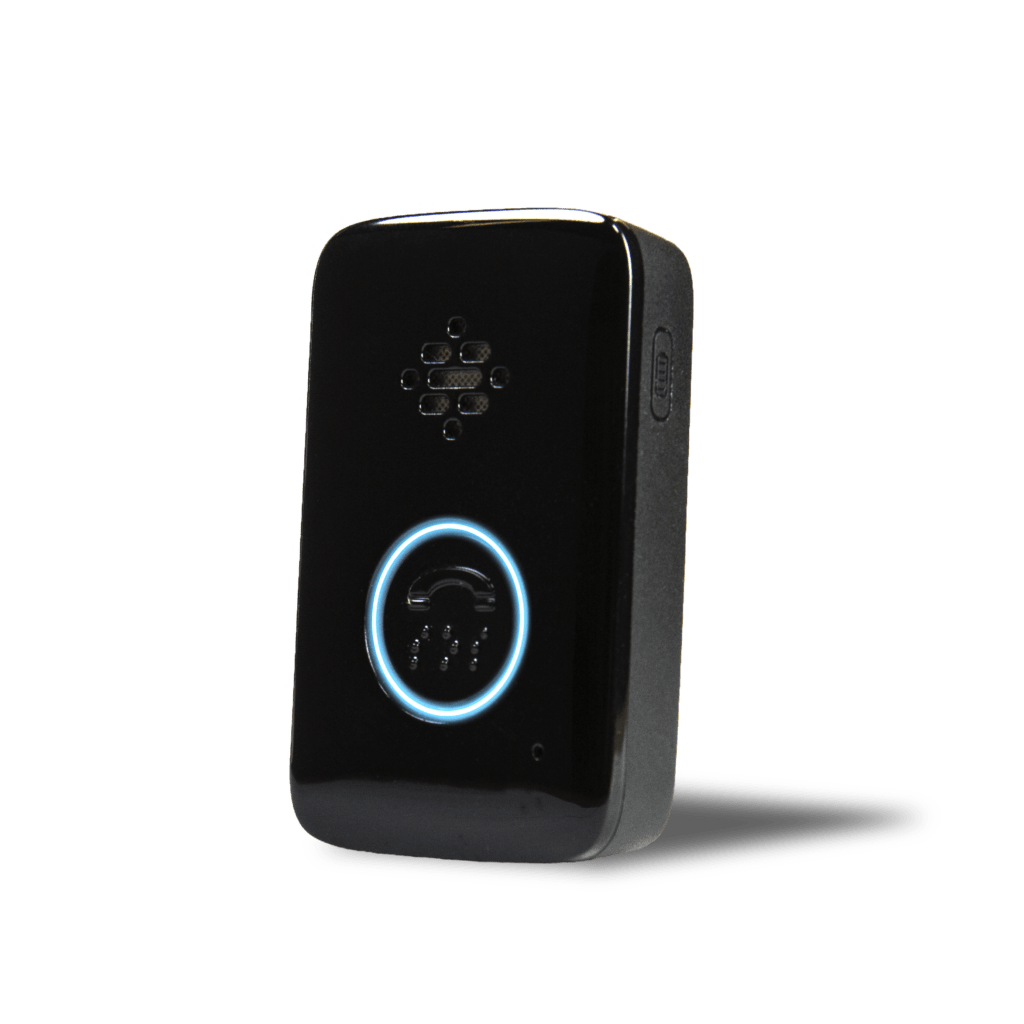
Fall Detection Devices and Medical Alert Systems with Fall Detectors

Fall detection devices can be extremely useful in the event of an emergency. Medical alert systems with fall detection can automatically call for help if the wearer becomes incapacitated.
Fall Detection FAQs
- How does automatic fall detection work?
The alarm is activated when there is a sudden, quick downward movement with no movement immediately following the activation. It may seem like a smart watch would do the trick, but wearing a device on your wrist is not the most effective way to use fall detection. Wearing a fall detection device as a necklace is the most effect way to use the technology because the accelerometer is closer to your center of gravity.
- Will regular motion trigger the fall detection alarm?
No, regular movements will not trigger the sensor. Only a sudden movement with no motion afterwards will activate the alarm’s sensor.
- Do I need to press the button if I have fall detection?
Automatic fall detection should always be used as backup. If you are able to press the button to summon help, you should.
- Do I need a fall detection device?
We recommend fall detection for those who are prone to seizures, have memory impairment due to Alzheimer’s/dementia, take medication which reduces motor skills, and for those with a history of falls. Also, for seniors who would like to have a sense of security, fall detection devices can provide a great backup in the event they cannot press their emergency button.
- Does fall detection work every time?
Fall detection is not 100% accurate, which is why we always say that if you can press your emergency button, you should. But in the extreme event of incapacitation, it’s better to have a fall detection device than not. Again, it’s important to mention that wearing the sensor as a pendant on a lanyard is more effective than wearing it on your wrist.
Fall Detection is Available with the Following Devices:
Fall Detection Product Features
Water Resistance:
All units are water resistant. Due to water from the shower, the bathroom is one of the main locations for slips and falls. Because of this, all of our units are water resistant. Medical alerts are meant to be worn at all times, especially in the shower.
Talk Through the Pendant:
The NextAlert II unit has 2-way communication built into the pendant which is worn around the neck or wrist. This means that in the event of an emergency, you can speak to the operator directly through your device. This unit is great for seniors who are on the go and may not always be at home wearing their device.
Extra Long Battery Life
To maximize battery life, the Climax does not have the ability to talk directly through the pendant. Unlike other units, the pendant does not need to be charged daily as the battery can last up to 3 months. Also, because the Climax does not have a microphone in the pendant, it is much lighter, which is convenient for many seniors who are homebound and want to wear their medical alert all the time. To talk to an operator, the user can speak through the base. The Climax’s advanced fall detection technology makes it a great unit for those who primarily stay at home or for those who might have communication issues. In the event of a fall, the pendant will automatically call our emergency operators who will then follow your custom response protocols.
Customizable Response Options:
You can choose who is called when your fall detection device is triggered. Prime Medical Alert uses a 24/7 emergency call center so we can store a list of emergency contacts to be called first, before dialing 911. If no emergency contacts answer or if you do not want to list emergency contacts, we will automatically call 911.
Canceling a False Alarm on your Fall Detection Medical Alert
When activated, your device will announce the emergency as if you had pressed the button manually. Once the emergency operator comes on the line simply tell them it is a false alarm. No emergency services will come as long as you let the operator know it is a false alarm.
Testing your Device’s Fall Detection
If you would like to test your fall detection accelerometer, hold the pendant vertically for at least one minute, to mimic wearing it. Then, drop the pendant so it falls straight down from a height of at least four feet. Allow the pendant to lie on the ground without moving it. Listen for the device to sound the emergency and then simply tell the operator you were testing your alarm.
Important Safety Information
- Test your device frequently, we recommend at least every one to two months. Test both the function of the button when pressed manually as well as the fall detection accelerometer. If your pendant is not working, simply request a new one from us and we will get one sent out.
- Make sure to charge your device so the battery is full.
- Be sure your lanyard/necklace is the right length so it does not catch on anything or become tangled around your neck. The device breaks away from the necklace, but it is still a good idea to make sure the length is correct.
- Do not swim with your medical alert pendant. It is water resistant, but not meant to be submerged for long periods of time.
- Wear your medical alarm pendant with the emergency button facing outward, away from your body.

